In recent years, the detection rate of pulmonary nodules has significantly increased. Most of these are benign small nodules, and there is no need for excessive anxiety. Regular follow-up with low-dose chest CT scans is usually sufficient. However, if a patient with Chronic Obstructive Pulmonary Disease (COPD) is found to have a pulmonary nodule, extra attention is required.
So, when COPD meets pulmonary nodules, what’s the first thing that comes to mind? Is it inflammation? Tuberculosis? Or lung cancer? Perhaps many would think of lung cancer, since it is common for COPD patients to also have lung cancer. If lung cancer is diagnosed, surgery to remove the tumor can significantly affect the lung function of COPD patients. But what if the tumor cannot be surgically removed?
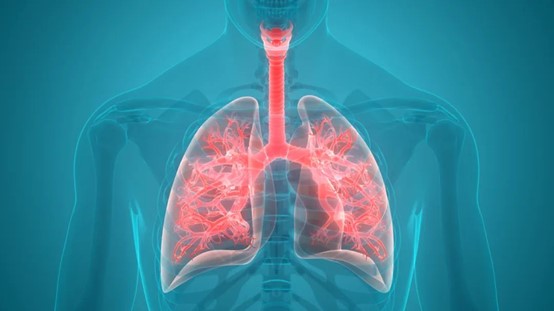
Uncle Hou, a long-time smoker from Guangdong, is a COPD patient. Over the past two years, he has been coughing and producing phlegm. Recently, his symptoms worsened, with coughing and phlegm production increasing, even with blood in the sputum, and shortness of breath after activity. Upon examination at a local hospital, a nodule was found in his left lung, which alarmed him greatly.
For further diagnosis and treatment, Uncle Hou visited the Medical Department Five of Guangzhou Fuda Cancer Hospital. Tests indicated that he had a solid nodule in the apicoposterior segment of the left upper lobe with increased metabolic activity, as well as multiple small nodules surrounding the lesion. A biopsy result showed (left upper lobe) poorly differentiated adenocarcinoma, stage T1BN0M0 (Stage IA), indicating early-stage lung cancer.
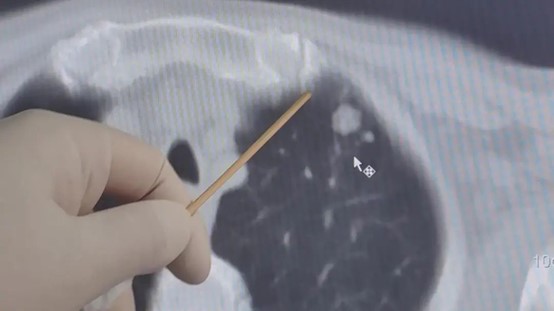
Pre-operative Imaging Report: The nodule was located in the left upper lobe, close to the rib and pleura
For early-stage lung cancer, surgery is usually the first treatment option. However, Uncle Hou, who has been a long-time smoker and suffers from COPD and hypoxemia, has poor pulmonary ventilation. Even with improved respiratory function through exercise, his condition was still not sufficient to support a lobectomy.
After a multidisciplinary consultation and evaluation, Dr. Liu Shupeng from the Medical Department Five tailored a treatment plan for him: cryoablation of the left upper lobe tumor. Post-surgery, he was treated with infection control, oxygen therapy, antitussive and expectorant medications, bronchodilators, fluids, and anti-cancer therapies.
During the procedure:
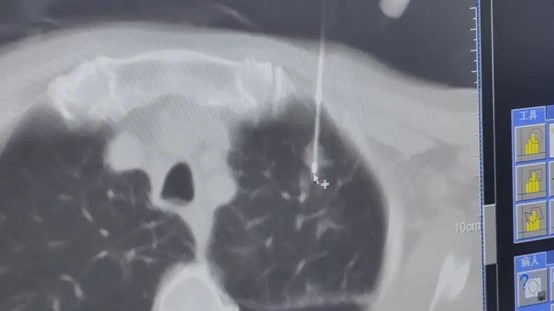
▲ The first cryoablation needle is inserted, with the nodule gently pushed downward to avoid injury to the pleura during the ablation.
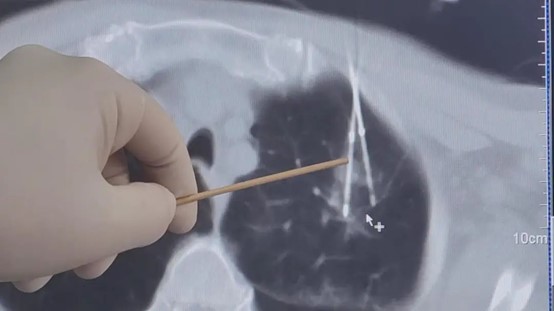
▲ The second needle is inserted, adjusted in angle, and both needles form a “chopstick-like” grip around the nodule for ablation.
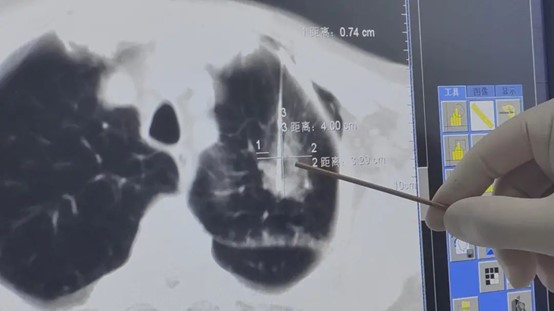
▲ CT scan shows a 4×3.3 cm ice ball completely covering the lesion while maintaining a 2 cm distance from the pleura to avoid causing pain.
Post-surgery, Uncle Hou’s follow-up results showed stable conditions, with no significant changes in tumor markers.
When COPD Meets Pulmonary Nodules!
Chronic Obstructive Pulmonary Disease (COPD), often referred to as a "silent killer," is the fourth leading cause of death globally. COPD is a progressive respiratory disease caused by airway and alveolar abnormalities, including chronic bronchitis, emphysema, and airflow obstruction. It leads to persistent respiratory symptoms such as shortness of breath, cough, and sputum production.
For COPD patients, chest CT reports often show emphysema and pulmonary fibrosis, which sometimes leads to the formation of nodules, known as inflammatory nodules. Inflammation is common in COPD, so inflammatory nodules are not unusual.
However, one must not take these nodules lightly, as they could be malignant. COPD is a major risk factor for lung cancer, and both share common risk factors such as smoking, dust exposure, and air pollution. Around 1% of COPD patients will develop lung cancer each year.
Therefore, COPD patients should remain vigilant and consider the possibility of lung cancer if symptoms such as worsening cough, hemoptysis, or lung masses appear and COPD treatment proves ineffective. Early detection and treatment are critical.
If lung function is insufficient for surgery, patients should undergo follow-up and COPD treatment first, improving oxygen saturation and cardiovascular-pulmonary function before considering surgery. If surgery is not an option, cryoablation technology is a viable alternative. It is less invasive, has minimal impact on cardiovascular and pulmonary function, making it more suitable for patients with compromised lung function.
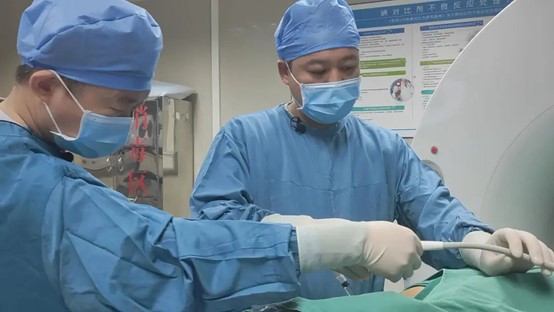
Finally, pulmonary nodules can be inflammatory or potentially malignant, including cases that are already cancerous. COPD patients should focus on preventing the occurrence of pulmonary nodules by protecting their lungs from the outset, including quitting smoking, taking inhaled medications regularly, engaging in pulmonary rehabilitation, and preventing infections.
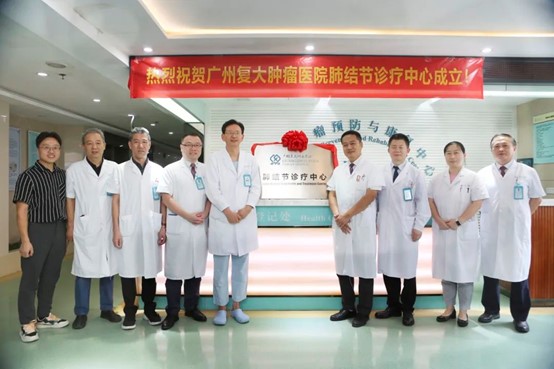
Currently, Guangzhou Fuda Cancer Hospital has established a Pulmonary Nodule Diagnosis and Treatment Center, committed to providing comprehensive, one-stop, individualized care for patients. We welcome those troubled by pulmonary nodules to seek medical consultation.

